20221031: In the report "Sitting still at work 2022" based on 34,000 employees across the country, Falck Previa has investigated how much people sit still in working life. The report shows that almost half sit still for more than seven hours a day. About one in five say they sit still for 10 hours or more per day. At the same time, research shows that sitting too much poses a health risk, even for people who exercise regularly.
“We have removed much of our everyday activity. Now, we can have food delivered to our door, drive the car to work and take the lift instead of the stairs. This means that many people have to plan their physical movement, it is not something that just happens,” says Åsa Miemois, health promoter at Falck Previa.
Almost a third of the 34,000 employees Falck Previa surveyed sit still for 7–9 hours every day. Nearly 20 percent say they sit still for 10 hours or more.
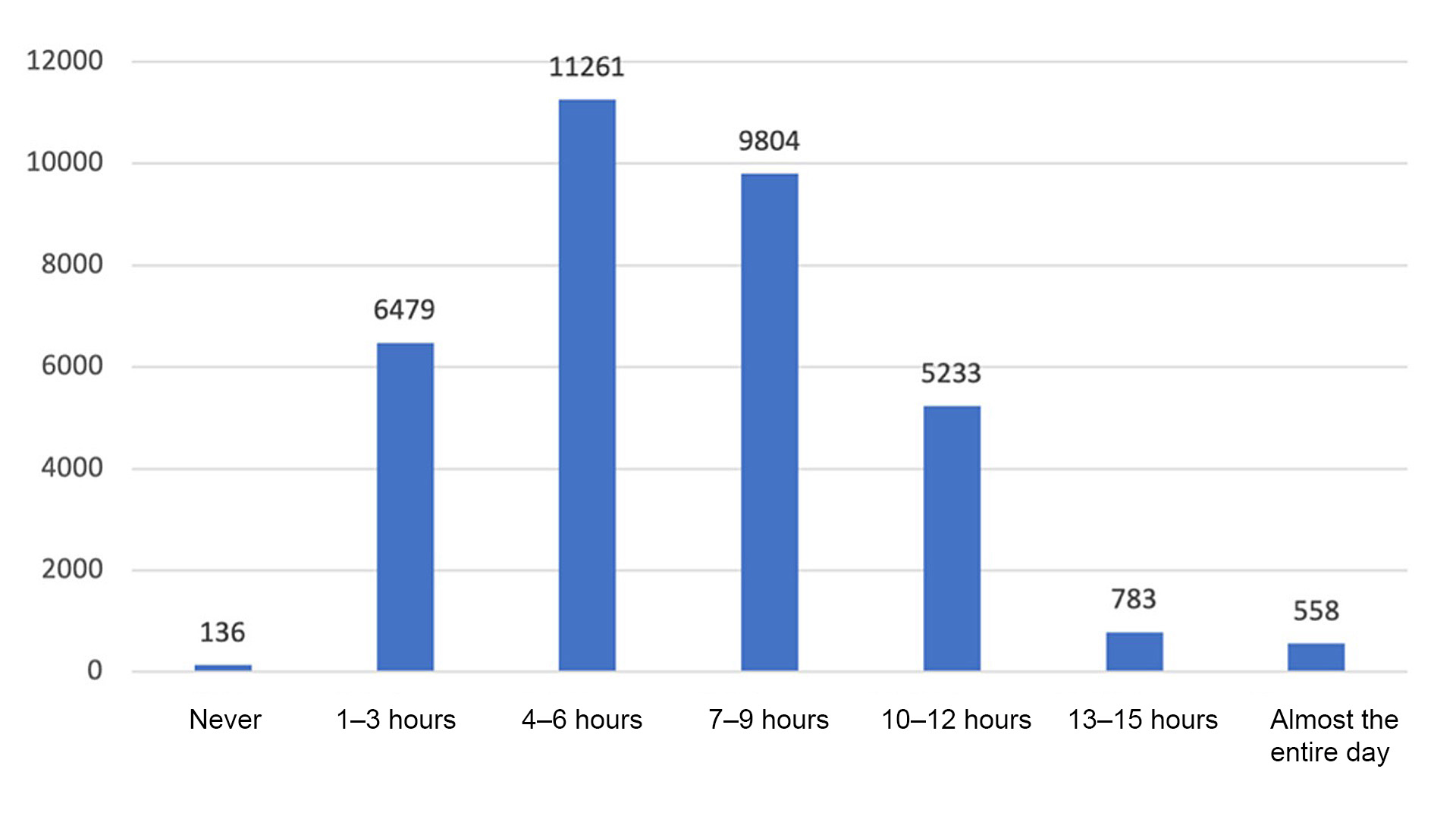
The amount of time sitting still increases with the higher level of education the employee has.
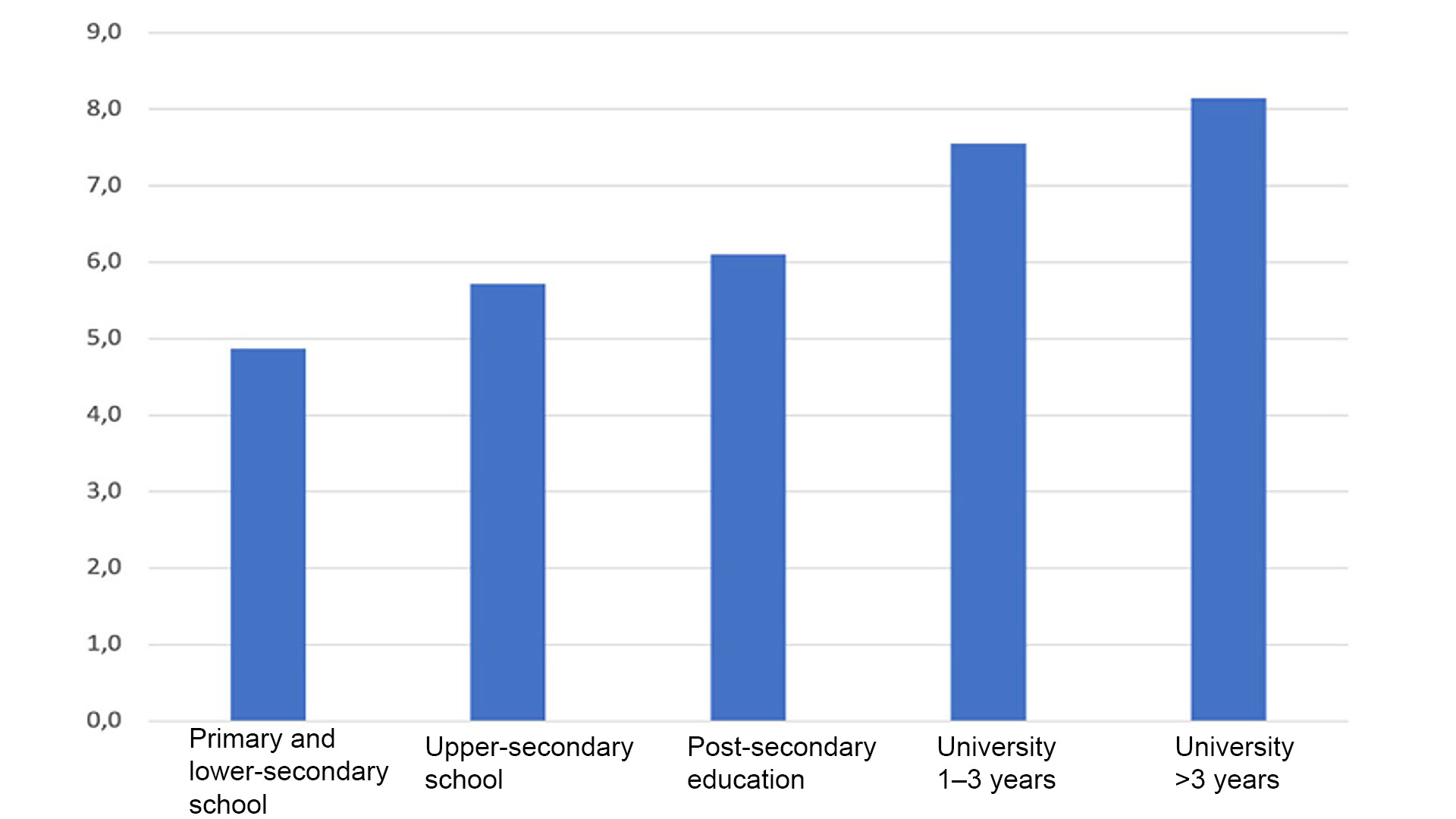
To find out more about how sitting still relates to how happy we are with our level of movement, Falck Previa also combined statistics on the number of hours employees sit and how happy they feel with their level of movement. Here a clear pattern appears with those who sit the most being less happy with their level of movement than those who sit still less often.
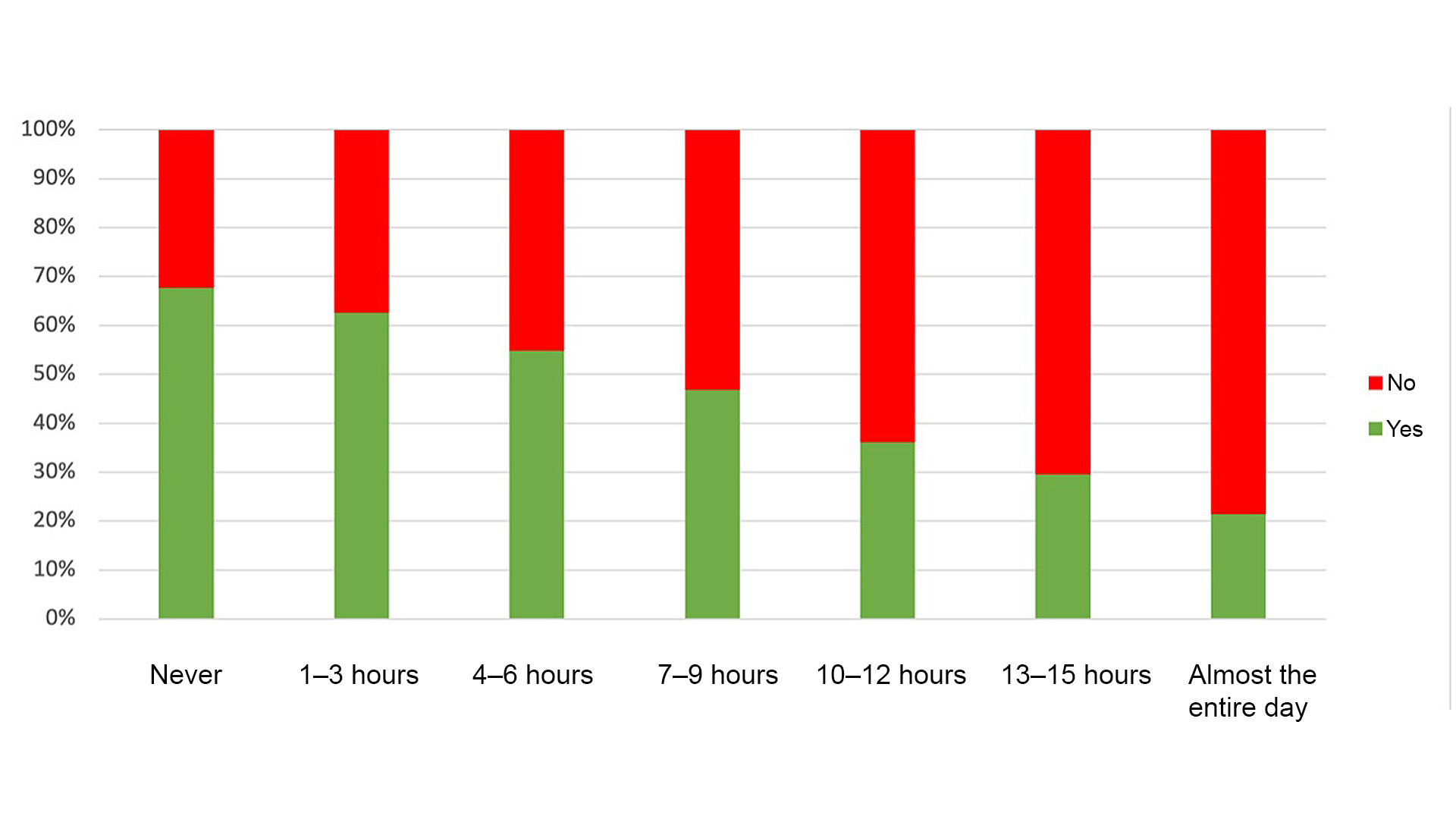
“Many employees say they would like to move around more, but they feel unable to manage it. That’s why it is so good to have opportunities for movement in the workplace. Moreover, companies that invest in wellness and measures that support activity get this back many times over in the form of increased productivity and less sick leave,” says Åsa Miemois.
For employees who sit for up to nine hours per day, the self-estimate of general health is relatively equal. But when sitting reaches 10 hours or more, a trend appears where the perception of general health is poorer.
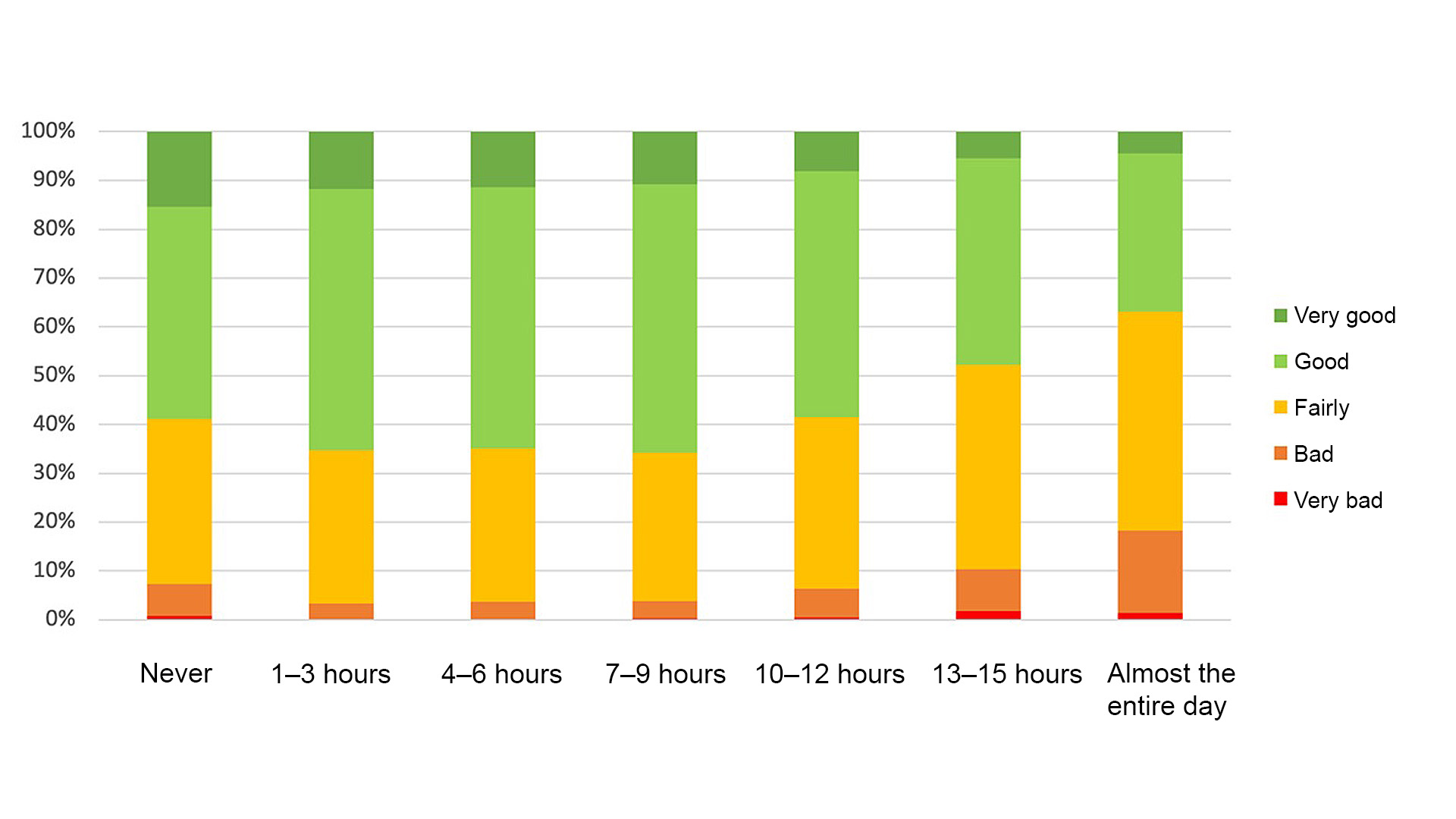
To some extent, it is also visible that the employees who sit still a lot feel more stressed.
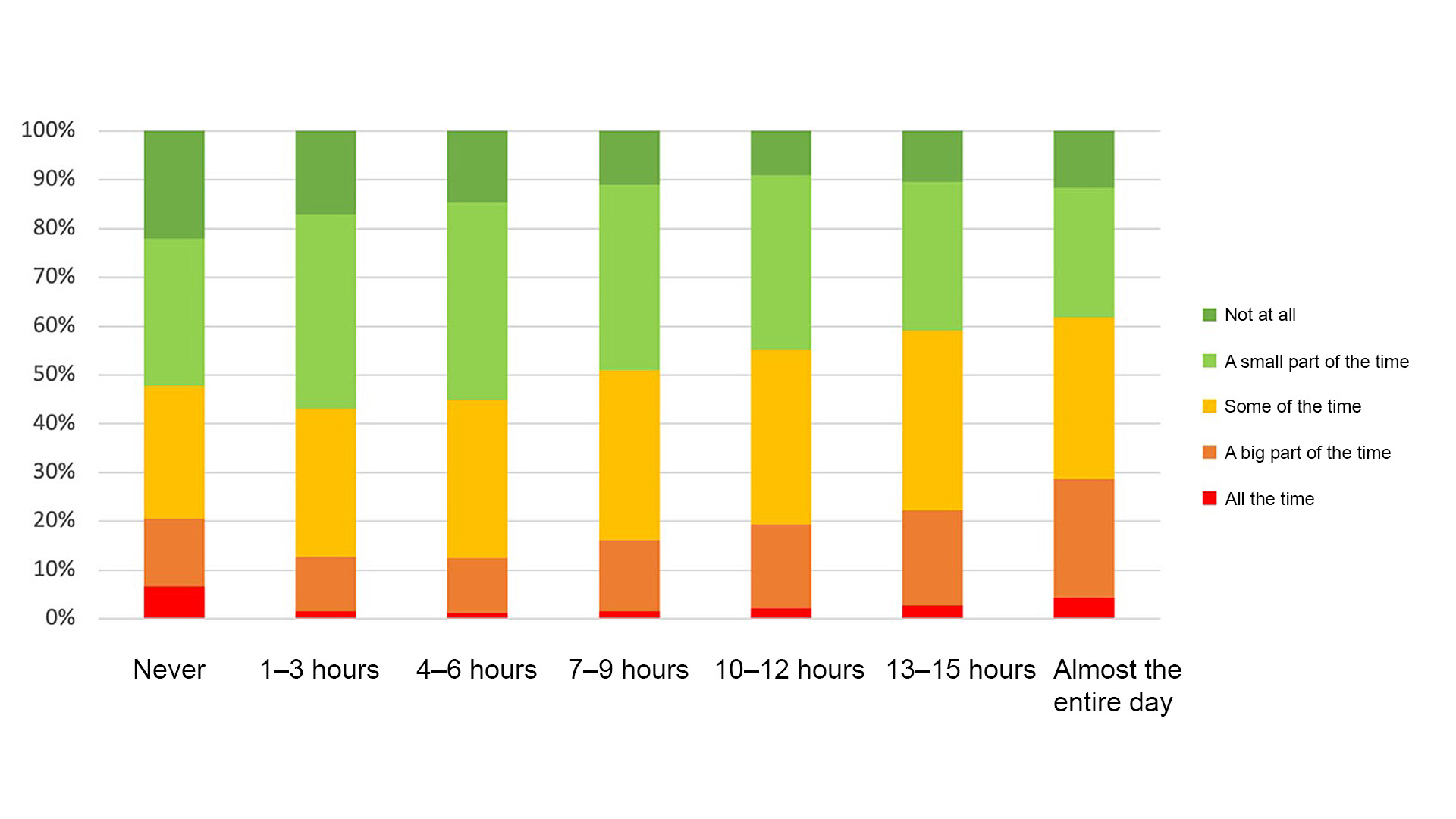
"There is a long list of things an employer can do to interrupt long periods of sitting still. One approach is to look from an organisational perspective at the meeting culture, how meetings are planned and performed. And what type of micro-breaks are possible, when employees have the opportunity to stretch a little or move around a little. It’s about giving the employees the opportunities, says Åsa Miemois.
See also
Falck Previa's report "Sitting still at work 2022" (Link)
The report "Sitting still at work 2022" is based on 34,000 health and work environment profiles conducted during 2021-2022.
Falck Previa's health and work environment profiles map lifestyles, musculoskeletal disorders, well-being and the social and organizational work environment. It is a type of health survey that gives employees the opportunity to take part in how living habits, physical problems, fitness and work environment affect well-being. The health and work environment profile provides a broad health perspective with a focus on what can improve the health of the employee and the organization.
About Falck Previa
Previa is Sweden's leading company in occupational health. Previa has 1,000 employees. Since 2014, Previa has been part of Falck, which is the Nordic region's largest group in health at work.
Previa will soon change its name and in the future go under the Falck brand. In January 2023, the company name will be changed, but the introduction of the new brand will begin already in April 2022 and will be done step by step until all of Previa's nearly 100 units across Sweden have changed their appearance. The full name change will be completed in early 2023. Read more at previa.se/falck
For more information, please contact
Peter Skald, Head of Communications, +46 (0)70 413 08 13, peter.skald@previa.se
Sandra Ahlstrand, Communicator, +46 (0)70 635 89 62, sandra.ahlstrand@previa.se